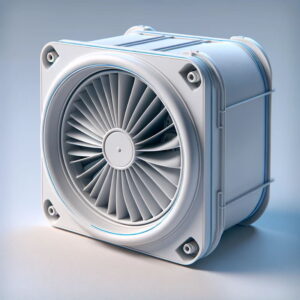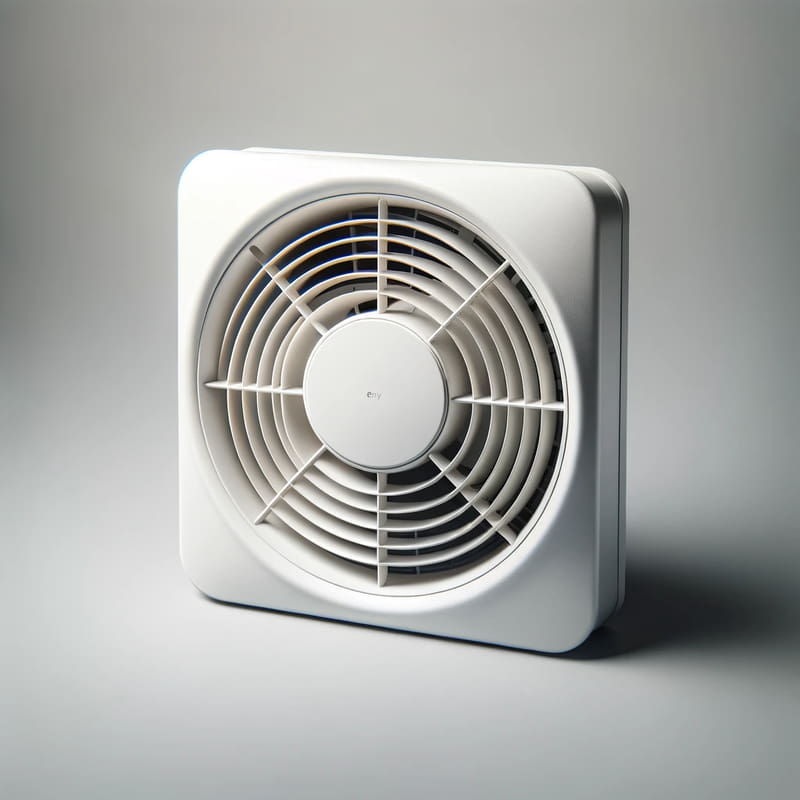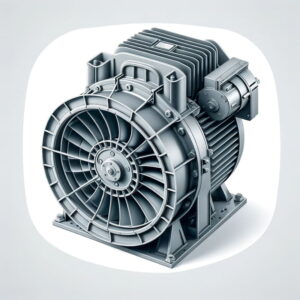Bathrooms are prone to moisture build-up due to showering, bathing, and other water-related activities. This excess humidity can lead to various problems, including condensation, mould growth, and unpleasant odours. Extractor fans play a crucial role in mitigating these issues by effectively removing moisture-laden air from the bathroom and venting it outdoors.
Types of Extractor Fans
Extractor fans come in various types, each with its own characteristics and applications. Here’s a breakdown of the most common types:
- Axial Fans: These fans are characterized by their propeller-like blades that push air along a straight axis. They are known for their efficiency and affordability, making them a popular choice for residential bathrooms.

- Centrifugal Fans: These fans utilize a rotating impeller to expel air radially outwards. They are more powerful than axial fans and are often used in larger bathrooms or those with ducting systems.

- Inline Fans: These fans are designed to be mounted within the ducting system, hidden from view. They are particularly useful in situations where space is limited or aesthetics are a concern.

Choosing the Right Extractor Fan
Selecting the appropriate extractor fan depends on several factors, including the size of the bathroom, the level of moisture generated, and the desired noise level. Additionally, consider the available space and the type of ducting system, if applicable.
Installing an Extractor Fan
Installing an extractor fan typically involves the following steps:
- Choosing a Location: Select an appropriate location for the fan, ensuring it can effectively remove moisture from the entire bathroom. Consider factors like proximity to water sources and ventilation points.
- Marking the Installation Point: Mark the exact location where the fan will be mounted, ensuring it aligns with the ducting system or external vent.
- Cutting the Opening: Using an appropriate cutting tool, carefully create an opening in the ceiling or wall, matching the size of the fan.
- Preparing the Ducting: If using ducting, connect the fan to the existing ductwork or install new ducting that leads to an external vent.
- Mounting the Fan: Secure the fan to the mounting frame or directly into the opening, ensuring it is properly aligned and sealed.
- Connecting Electrical Wires: Connect the fan’s electrical wires to the appropriate power supply, ensuring all connections are secure and follow safety guidelines.
- Testing the Fan: Turn on the fan and test its operation, ensuring it runs smoothly and effectively removes moisture.
Maintaining Your Extractor Fan
Regular maintenance is crucial for ensuring optimal performance and longevity of your extractor fan. Here are some essential maintenance practices:
- Clean the Fan Blades: Regularly clean the fan blades to remove dust and debris that can impede airflow and reduce efficiency.
- Lubricate the Bearings: Periodically lubricate the fan bearings to prevent friction and noise, ensuring smooth operation.
- Check the Ducting: Inspect the ducting for any blockages or damage that could restrict airflow. Clean or replace the ducting as needed.
What is the proper way to vent a bathroom fan?
The proper way to vent a bathroom fan is to direct the vent through the roof or an exterior wall to expel the moisture effectively. Ensure to insulate the duct to prevent condensation, which can cause structural damage. Moreover, using a vent cap on the external outlet could prevent back drafts and weather infiltration.
Do bathroom extractor fans need to vent outside?
Yes, bathroom extractor fans need to vent outside. They are designed to remove moisture and odours from the bathroom. If they vented into your loft or another room, it would likely cause damp, mould, and other structural problems over time. Therefore, for the fan to function effectively, it must vent outside.
Where is the best place to put an extractor fan in a bathroom ceiling?
The most effective place to install an extractor fan in a bathroom ceiling is directly over the shower or bathtub.It’s because these spots generate the most humidity and steam. By positioning the fan here, it can efficiently and quickly eliminate moisture, reducing the risk of mould growth and maintaining a comfortable environment.
What is the alternative to an extractor fan in a bathroom?
An alternative to an extractor fan in a bathroom is a dehumidifier. This is a device that reduces the level of humidity in the air, limiting the potential for the growth of mould and mildew. Dehumidifiers capture and remove moisture, improving air quality and preventing damage to walls and fixtures.
Who to install bathroom exhaust fan?
Our team of experienced professionals is here to assist with installing your bathroom exhaust fan. Our services incorporate all key aspects of installation, including positioning, wiring, and ensuring optimal functionality. We work efficiently and diligently to deliver quality results whilst maintaining strict safety standards.
How to install a bathroom exhaust fan in basement?
No more moisture or bad odours! Installing a bathroom exhaust fan in your basement is an achievable DIY project. Embark on it confidently! Follow careful instructions, use proper tools, and your basement will enjoy fresh, dehumidified air in a jiffy. Soon, you’ll be basking in the comfort of your well-ventilated basement bathroom.
How to install a bathroom exhaust fan with light?
Installing a bathroom exhaust fan with light involves several important steps.
- Firstly, disconnect the circuit powering the bathroom to ensure safety.
- Next, locate an appropriate spot for the fan, typically where an old light fixture is positioned. Carefully remove the old fixture and install the exhaust fan according to the manufacturer’s guidelines. Connect the wires correctly and replace the fan cover.
- Lastly, reactivate the circuit and verify the operation of the fan and light to ensure a successful installation.
How to install a bathroom exhaust fan on first floor?
To install a bathroom exhaust fan on the first floor of a building, one must first identify an optimal position for the fan, ideally near the shower or bathtub. After the location is marked, cut a hole in the ceiling to accommodate the fan. Next, run a duct from the fan to the building exterior. Once the duct is in place, install the fan in the hole, secure it in place and connect it to the power supply. Lastly, install the cover plate to finish the installation.
Key Takeaways
- Extractor fans play a vital role in removing moisture from bathrooms and preventing dampness-related issues.
- Choose the right extractor fan based on the bathroom’s size, moisture level, and noise considerations.
- Proper installation is crucial for ensuring the fan’s effectiveness and safety.
- Regular maintenance helps maintain optimal performance and extends the lifespan of the extractor fan.
By understanding the importance of extractor fans, selecting the appropriate type, installing it correctly, and maintaining it regularly, you can ensure your bathroom remains well-ventilated, free from moisture problems, and comfortable for everyday use.



